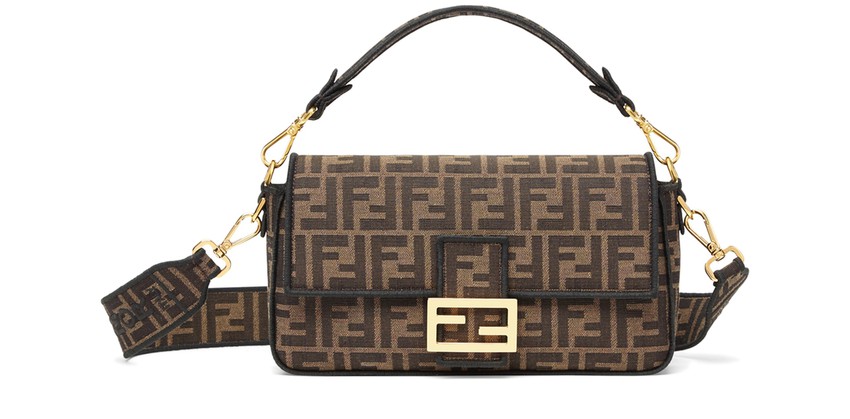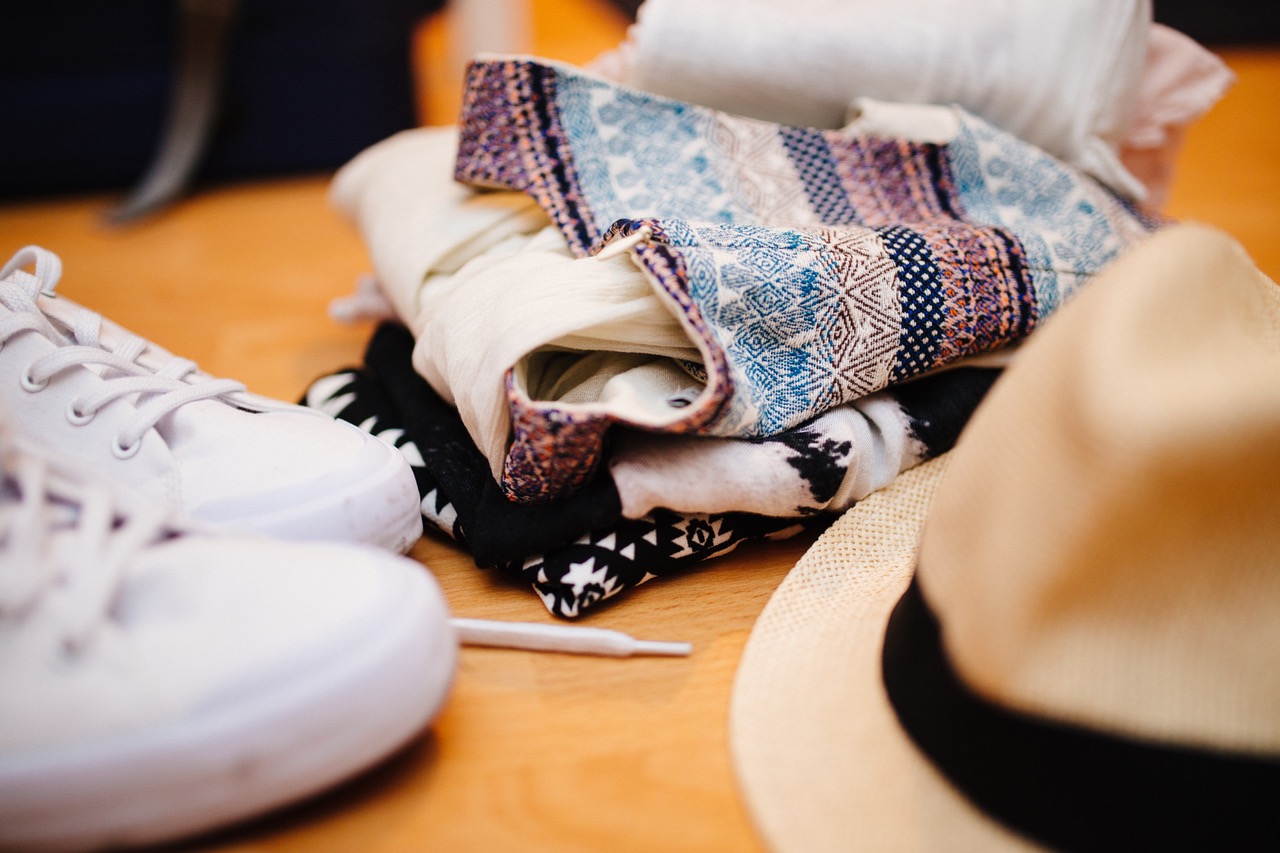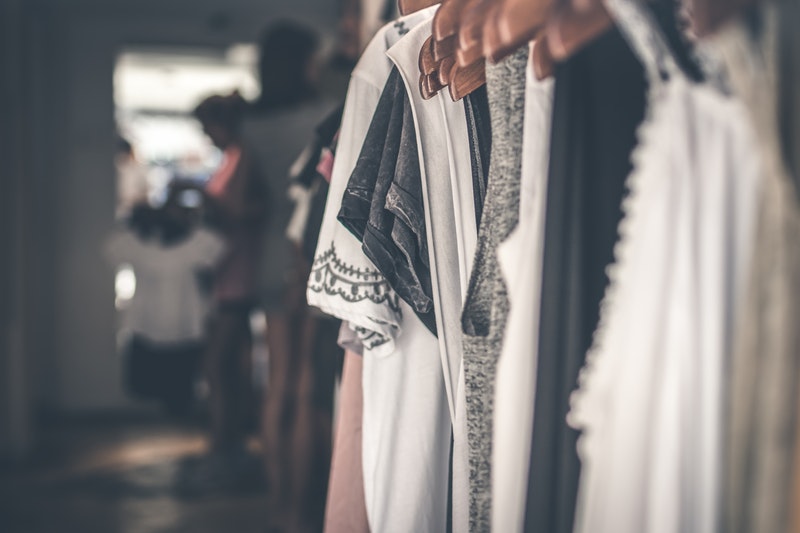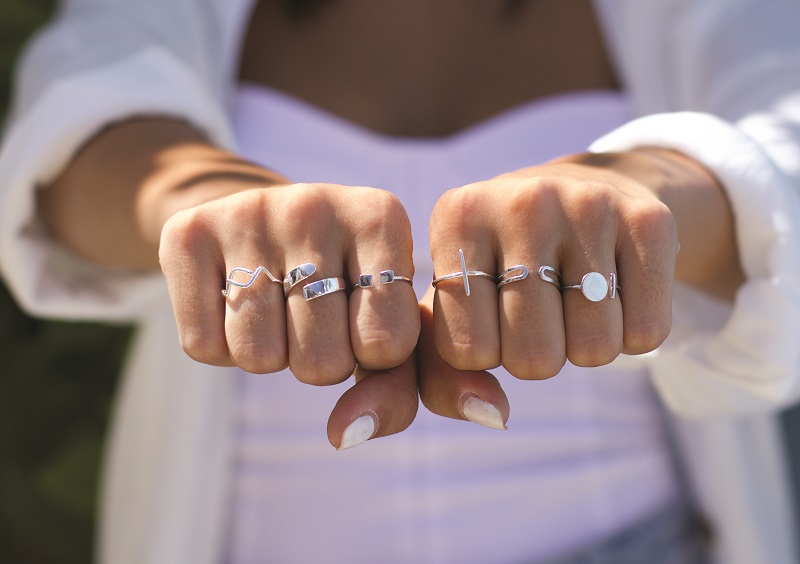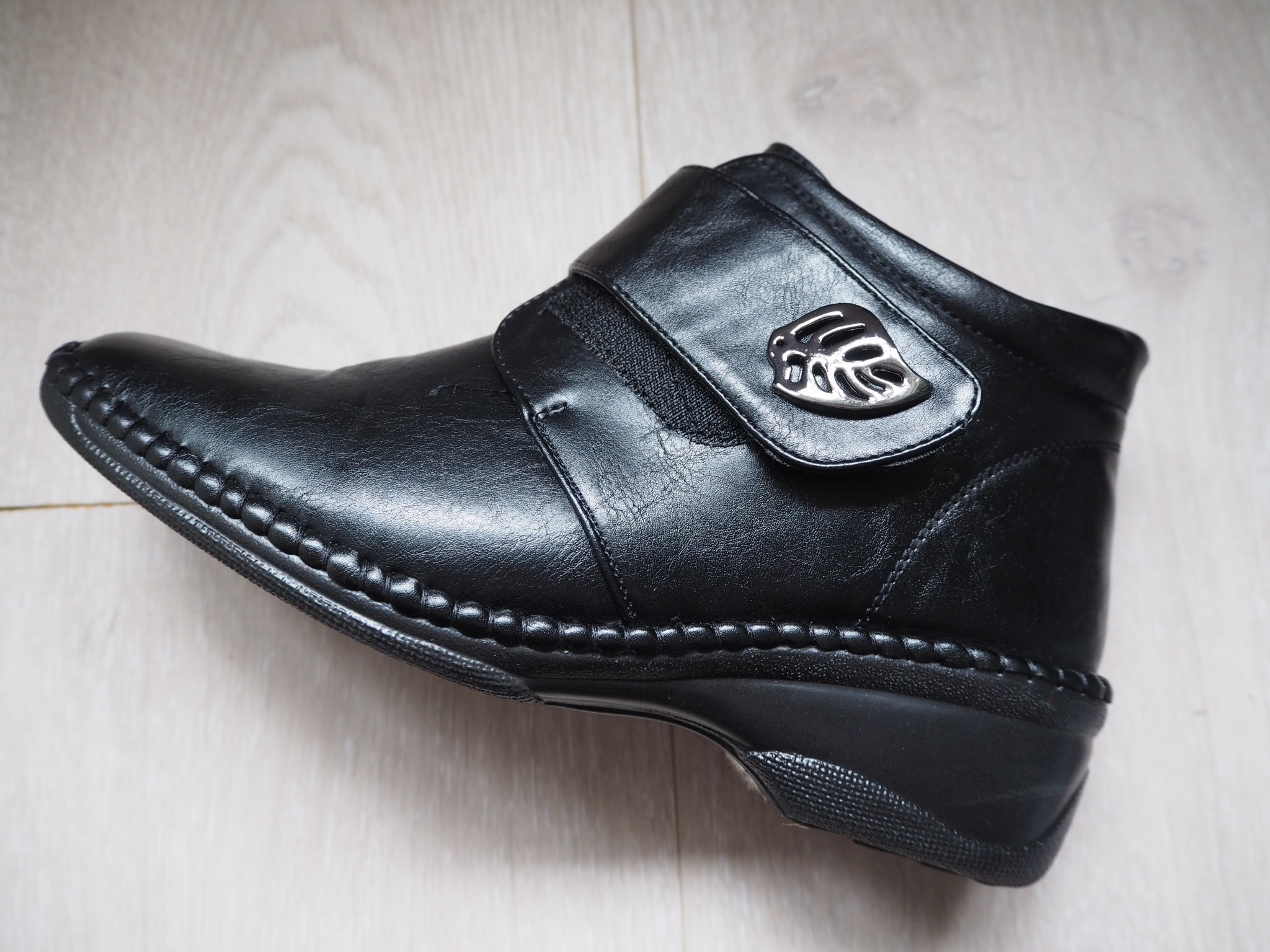Suit fabrics, a mix of innovation and tradition
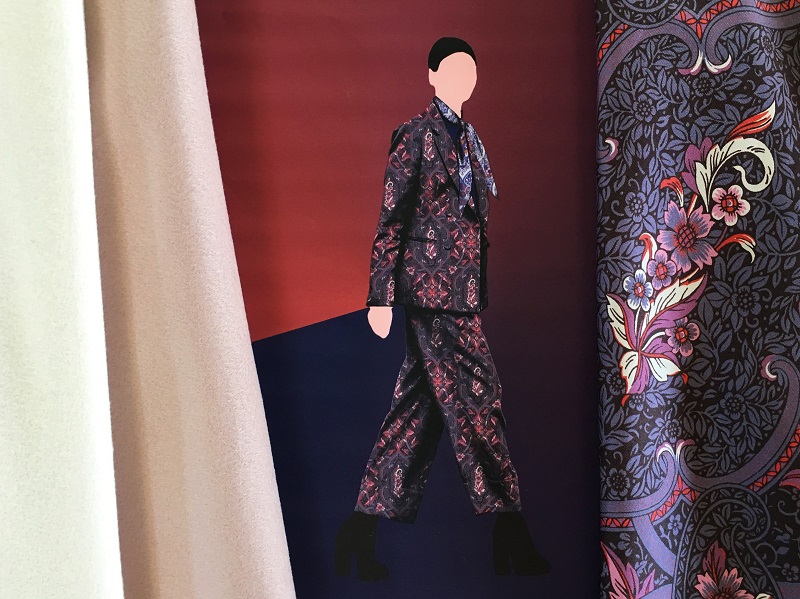
Suit fabrics have always been the essence of elegance. A material that blends textile tradition with the continuous search for innovation in order to provide tailors and customers with a suit fabric bearing the hallmark of refinement and taste.
Generally the suit fabrics that are found in the best tailor’s shops provide a foregleam of those that will become the trends of future collections, thus becoming a dry run for the suits that will go into production, in which the quality and the cut will really be highlighted by the fabric itself.
When talking specifically about fabrics for suits we have in mind the two predominant drivers for the designing of a collection: on the one hand the drive to innovate the sartorial style itself, trying to mix the classical taste with a touch of the casual and on the other contemporary fashion trends with their metropolitan mood.
A broad variety of fabrics
When one enters a tailor’s shop, whether this is a famous name or a small craft shop, what immediately catches one’s eye is the wide selection of fabrics for suits available. Classics, patterns, plain, basic, each with its own personality, a well-defined style and a specific style-related purpose.
The image projected by this world of suit fabrics, regardless of location, is that of the evolution of a style that, starting from the classic designs reminiscent of the fabrics and suits of Saville Row, has since evolved over time.
An evolution that however remains strongly linked to the high quality and refinement of each suit fabric, characteristics that through the details of style and the manufacturing techniques are evidence of a wealth of creativity and ingenuity.
Men’s suits: variants and variables
Among the garments in which practicality and style can be found in the use of fabrics is the “two piece” suit.Two buttons, double vents and trousers with clean lines either with or without turn-ups. Over the years, this garment has undergone a number of variations such as the three buttons and a single central vent, while maintaining its ultra classic allure.
Another example of a suit par excellence is the double-breasted which has only small side vents and never a single central vent. The key element of this suit is the jacket whose features and cuts are especially appreciated when the wearer is standing.
For a long time, it was difficult to find a suit with a well-cut waistcoat combined with the correct fabric. Lately, some admirers have relaunched this genre to the point that the most prestigious Neapolitan tailors have re-styled this suit.
In addition to these styles, the features of a tailored suit made with fine suit fabrics are: shoulders slightly padded or not at all, the buttons on the sleeves unfastened and the trousers quite high at the waist as well as fairly close-fitting to the leg.
It starts from the suit fabric
In addition to the exclusive suit fabric, the element that distinguishes bespoke suits from those produced industrially, is the sewing pattern, personalised and created by the tailor. A further distinctive element is the method of production that involves manual work in made to measure tailoring, as opposed to mechanical production that takes place at a company level.
Over the years, this dual nature linked to the use of suit fabrics has undergone some transformations, with a degree of overlapping or interchanging. One thing, however, has always remained unchanged: the standard cut of Italian hand-made production, an art completely ‘made in Italy’ that has acquired more and more prestige, thanks to the skill of our craftsmen.
One thing is certain, if a customer has the option of personally choosing his own fabric for a suit and of ascertaining the great care over the measurements and the quality with which the garment has been created, he will almost certainly not be able to do without an appointment with the tailor. The prestige of tailors has reached such high levels that the leading designers commission the production of their best garments from manufacturers, preferably Italian, where time and artistry have found a home.
For more detailed information, please refer to the in-depth article on “Suit fabrics, when the material takes shape” by Ratti, one of today’s worldwide leaders in the production of high-end fabrics and accessories.
